Key Competencies Kit
for Facing Lifelong Learning


 |
This Project has been funded with support from the European Commission. This communication reflects the views only of the author, and the Commission can not be held responsible for any use which may be made of the information contained therein. |
 |
Upon completion of this unit you shall be able to
Welcome to the module Cultural Awareness and Expression. In this module we will talk about arts and culture.
You will get a lot of opportunities to think about your approach to culture and we will have a lot of discussion groups and reflection stops.
First of all you will get accustomed with your trainer and the group of people you are working with.
Lets get started.

The four corners of the seminar room are turned into the following four positions and are accordingly labeled:
Now everybody chooses the position he / she likes best. So, small groups are formed and their members discuss their approaches to the cultural expression they chose.The following questions should be answered:
Now its time for introducing yourself to the whole group.
Please tell everybody your name and answer the following questions:
Before you are going to get deeper into the topic, we would like to know what you and the other group members think of if you hear the word culture.
In order to do this you are going to be introduced to a very nice method for collecing ideas.
Brainstorming |

|
All ideas you created in the brainstorming session on culture are relevant. There is no truth on the topics culture or arts - just opinions and views. |

|
inherited and learned |
Personality |
Individual |
learned |
Culture |
Group specific |
inherited |
Human Nature |
Universal |
Human nature means that we use our biological dispositions to do culture; for example using our hands to to greet someone, to paint pictures, to cook a meal,...
We learn how to do culture from the groups we are part of; ie how to eat, which instruments to play, how to greet someone.
Our own approach to culture is individually decided. What we like and dislike is personal and can not be transferred to others.
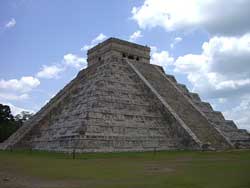 |
 |
|
Culture |
versus |
Nature |
Biology, nature and genetical dispositions are preset conditions in our lives.
The forms of culture we live are different for everyone. We can create culture on our own.
Usually we first create culture in a way we experienced it before (traditions). But we can change and modernise culture consciously and deliberately.
Arts are a deliberate way to create and express culture.
Civilisation means to create how people live together.
What does culture signify if you explain it as civilisation? Which practices in our human societies are meant:
Education is the basis for any devolopment in a society.
Culture and education also facilitate the personal development.
Culture and religion of a country show us the values and rules on which the society works.
The values and rules are passed down from generation to generation (tradition) and are changed from time to time (modernisation).

|
|
Cultural industry is the utilisation of culture.
Culture is produced by artists in various forms (painting, statue, music) and is sold by the cultural industry.
The cultural industry enables everyone to get an access to arts and culture and a lot of artists make their living in the cultural industry.
What belongs to the cultural industry?

|
|
Scripture is a work of culture.
Only what we can describe exists for us. We can't communicate when there are no words for the things we want to express.
Different ways of type face and symbols create different ways of living and working together.
Internationally the European / American scripture and languages prevail which has effects on our culture.

 |
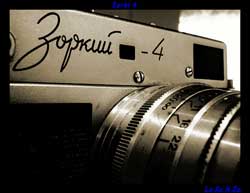 |
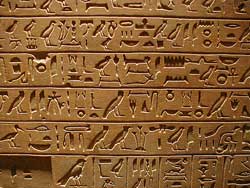 |
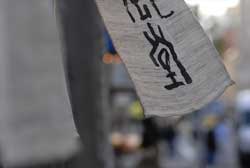 |
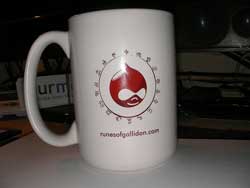 |
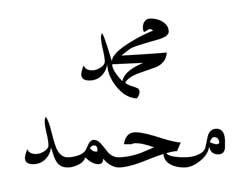 |
Cooking styles and table manners reflect a society and its religious and cultural influences.
Nowadays we get access to a lot of different cuisines in our region.
Cuisine is often a first and important approach to a different culture and a way of getting to know different styles of living.
 |
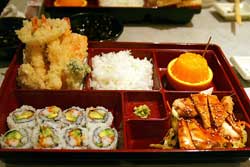 |
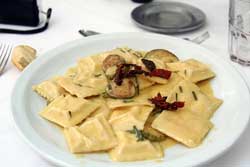 |
| American | Japanese | Italiano |

|
|
We all belong to different systems (family, organisations, countries, cultures). Everybody carries a lot of different cultures within himself / herself.
We all act according to our roles in the different systems. What we do now can be completely different to what we do in another role.
Cultural practices and styles of living connect and mix without stopping on national borders.
Living together in a multicultural society is a big challenge nowadays and it is invitable in a globalised world.
But culture is just behaviour. I can live my culture and I can change it whenever I want to. I can expand it without losing my roots.
We can get the best out of every culture and connect it. Diversity of cultures and people makes life richer and more exciting.

|
|
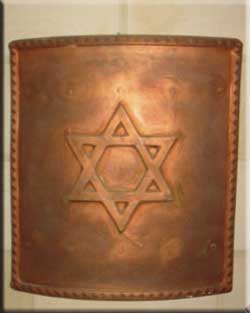 |
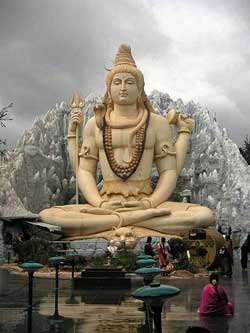 |
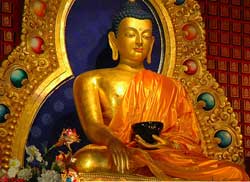 |
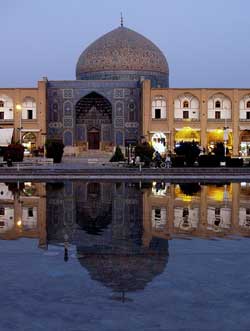 |
| Judaism | Hinduism | Buddhism | Islam |
Religions are means of culture. Based on religious beliefs different cultures and societies were developed. Different rules in living together apply according to different religions.
Religions lose their importance in Western societies. In other cultural backgrounds they still shape society.
Usually religion plays an important part in personal culture. That doesn't change when someone starts living in a different country.
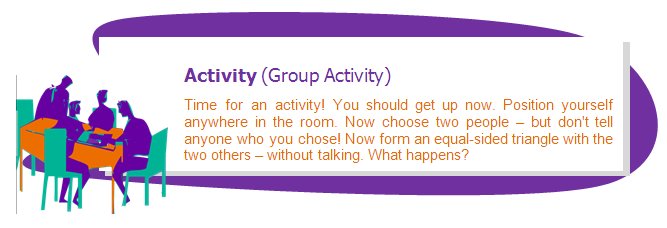
After ten minutes you should stop the exercise.

|
|
|

|
|
 |
Answers to the questions and exercises of Didactic Unit 1 |
 |
 |
 |
| Tibet | Cyrillic | Hieroglyph |
 |
 |
 |
| Japanese | Runes | Arabisch |
Maya pyramid:
Source: http://www.flickr.com/photos/kryziz/1356390078/
By: http://www.flickr.com/photos/kryziz/
License: http://creativecommons.org/licenses/by/3.0/
Nature:
Source: http://www.flickr.com/people/nicholas_t/
License: http://creativecommons.org/licenses/by/3.0/
Tibetan script:
Source: http://www.flickr.com/photos/izuengordelekua/2839677030/
By: http://www.flickr.com/photos/izuengordelekua/
License: http://creativecommons.org/licenses/by-nc-sa/3.0/
Cyrillic:
Source: http://www.flickr.com/photos/lo_re_n_zo_/4180666295/
By: http://www.flickr.com/photos/lo_re_n_zo_/
License: http://creativecommons.org/licenses/by-nc-nd/3.0/
Hieroglyph:
Source: http://www.flickr.com/photos/charlestilford/190276457/
By: http://www.flickr.com/photos/charlestilford/
License: http://creativecommons.org/licenses/by-nc-sa/3.0/
Japanese
Source: http://www.flickr.com/photos/modomatic/2564077410/
By: http://www.flickr.com/photos/modomatic/
License: http://creativecommons.org/licenses/by/3.0/
Runes
Source: http://www.flickr.com/photos/apperceive/3101920004/
By: http://www.flickr.com/photos/apperceive/
License: http://creativecommons.org/licenses/by-nc/3.0/
Arabic:
Source: http://de.wikipedia.org/w/index.php?title=Datei:Muhammad-mit-ligatur-und-ohne.png&filetimestamp=20080424100440
by Baba66
License: http://creativecommons.org/licenses/by-sa/3.0/deed.en_CA
American food:
Source: http://www.flickr.com/photos/sweetonveg/4450198225/
By: http://www.flickr.com/photos/sweetonveg/
License: http://creativecommons.org/licenses/by/3.0/
Japanese food:
Source: http://www.flickr.com/photos/ilker/280322873/
By: http://www.flickr.com/photos/ilker/
License: http://creativecommons.org/licenses/by/3.0/
Italian food:
Source: http://www.flickr.com/photos/ilker/349545044/
By: http://www.flickr.com/photos/ilker/
License: http://creativecommons.org/licenses/by/3.0/
Shield of David:
Source: http://www.flickr.com/photos/zeevveez/122688102/
By: http://www.flickr.com/photos/zeevveez/
License: http://creativecommons.org/licenses/by/3.0/
Hinduism:
Source: http://www.flickr.com/photos/76932422@N00/2858020858/
By: http://www.flickr.com/photos/76932422@N00/
License: http://creativecommons.org/licenses/by-sa/3.0/
Mosque:
Source: http://www.flickr.com/photos/seier/1967956844/
By: http://www.flickr.com/photos/seier/
License: http://creativecommons.org/licenses/by/3.0/
Buddha :
Source: http://www.flickr.com/photos/wonderlane/2868822348/
By: http://www.flickr.com/photos/wonderlane/
License: http://creativecommons.org/licenses/by-nc/3.0/